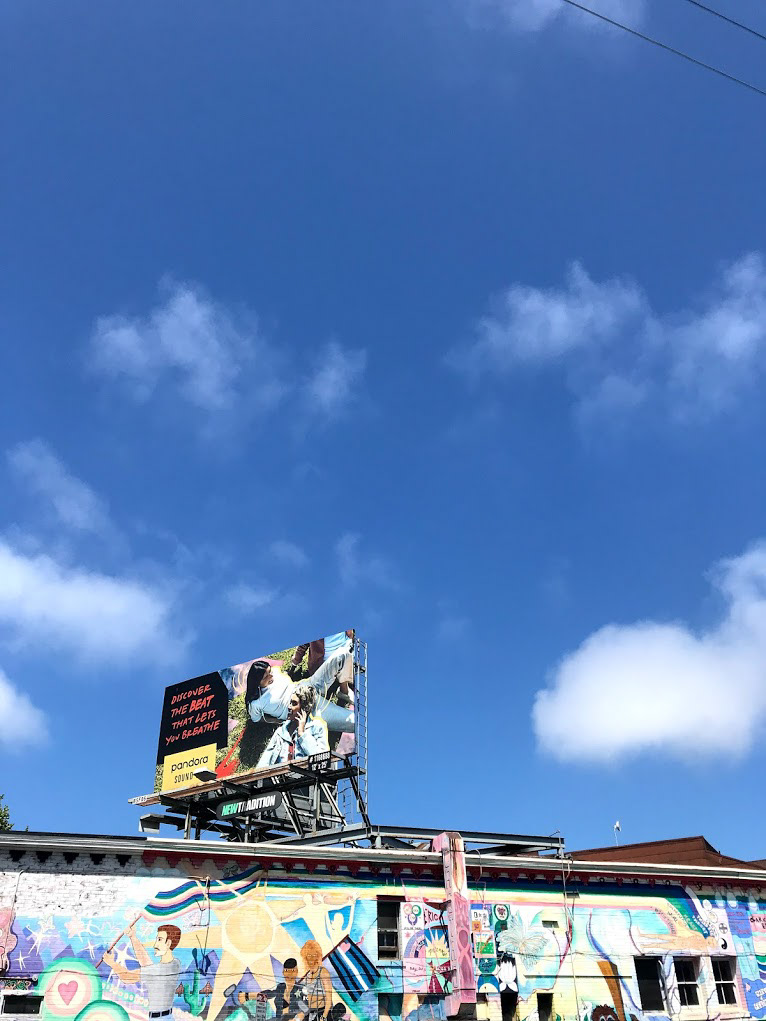Russel Investments Case Competition
...
DNA and Evolution
I enjoyed taking DNA and Evolution, largely because of how different it was from the rest of my coursework at UW. Having the opportunity to take a class in a STEM field gave me the chance to experience the research elements that UW is so strong in, and provide a taste of the type of coursework many of my friends are pursing in college. Genetics was a highly emphasized topic in this course, and it was interesting to consider the biology behind why humans are different from one another, and how they impact our personalities, relationships, and motivations. This perspective on humans and their motivations is different than the perspective I gather from many of my business course, and thus has proven invaluable to my education. I have included an article write-up as a sample of my work from this class below.
...
Gene Associated with Dyslexia may also be Related to Lesser Concussion Susceptibility
Research conducted on a small sample of 87 Division 1 football players looked for relationships between several gene loci related to brain development and the player’s concussion history. The KIAA0319 gene, thought to be associated with dyslexia, most accurately predicted concussion history.
In the study I reviewed, Alexa Walter and a team of researchers attempted to uncover potential relationships between single nucleotide polymorphisms (SNPs) in nine genes, and concussion incidence in humans. Very little research has been conducted based on the idea that genetics may influence one’s susceptibility to a concussion, as well as their ability to recover. However, concussion research has become more common since recent studies discovered the high incidence of chronic traumatic encephalopathy (CTE), a brain disease associated with reoccurring head trauma, in NFL players. If a discovery is made to link concussion susceptibility to a specific gene, it would be an incredible advancement for concussion research.
The researchers asked whether concussion history could be predicted by a subject’s genotype at any of the nine SNPs included in this experiment. Their hypothesis was that there is a gene capable of predicting one's concussion history (Walter). However, given that this is a preliminary study, they did not specify in their hypothesis which SNP they expected it to be. The hypothesis was based on the idea that susceptibility to concussions, as well as ability to recover from them, can vary greatly between people, and that much variation in humans is a result of genetic differences.
To test their hypothesis, the researchers collected data on the diagnosed concussion history of 87 football players at Penn State University. They conducted a DNA test for each player, which allowed them to analyze each individuals’ genotype at the nine SNPs (Walter). The researchers picked the SNPs to analyze in this experiment based on their previously known relationships to brain development, brain injury and impulsivity (Paul). With the data, the researchers performed a multinomial logistic regression analysis to develop a numerical value for how well the genotype at each SNP predicted the number of diagnosed concussions each player had. The researchers also created graphs to compare the possible allele combinations of each gene, with the normalized number of diagnosed concussions for the players with those genotypes. To maintain clarity, the graphs I created to depict data predictions for both supported and null hypotheses, show what the data would look like if the hypothesis is supported or rejected for a specific gene, rather than including graphs for all nine genes that were tested. If the hypothesis is supported for any given gene, a group with one combination of alleles will have a significantly higher
normalized number of diagnosed concussions than those with other combinations of alleles (Figure 1). If the hypothesis is incorrect, the groups representing each possible genotype will have relatively similar histories of diagnosed concussions (Figure 2).
Out of the nine genes, only KIAA0319 predicted concussion history with significant accuracy (Walter). KIAA0319 has three different possible genotypes: CC, CT, and TT (Walter). The researchers created a graph of each, depicting the normalized number of concussions in comparison to each of the three genotypes. The graph clearly indicates a linear relationship between genotype and diagnosed concussion frequency (Figure 3). Subjects with the TT genotype were least likely to have had a diagnosed concussion, subjects with the CC genotype were more likely to have had a diagnosed concussion, and subjects with the CT genotype fell in the middle. This indicates that the hypothesis was supported in this experiment because the KIAA0319 gene was able to predict a player’s concussion history with 95% accuracy (Walter). From this we can infer that there may be a relationship between the T allele of KIAA0319 and ones’ susceptibility and response to a concussion. The TT genotype is commonly associated with dyslexia (Paul). However, in this experiment players with the TT genotype had the lowest number of diagnosed concussions in comparison to the CT and CC genotypes. This information leaves me with several additional questions. Is there another experiment that could be conducted to provide stronger evidence for the relationship between KIAA0319 and concussion susceptibility? And if this relationship is proven, why is it that people with the T allele are less susceptible to concussions?
One flaw that I noticed about this study is that it seemed to have many uncontrolled variables that possibly influenced the results. For one, the sample size was relatively small. If it had been larger, there would be less room for variability due to chance. Second, the experiment only considered diagnosed concussions. It is possible that some of the players had minor concussions that they were unaware of, given the physical nature of their sport. Third, the researchers did not have a detailed hypothesis because they had very little idea of where to begin their search. Now that this experiment has been completed, you could design a similar experiment, looking specifically at the KIAA0319 gene. This would include a larger sample size of players, decreasing the impact of chance, as well as missed diagnoses, on the results.
...



